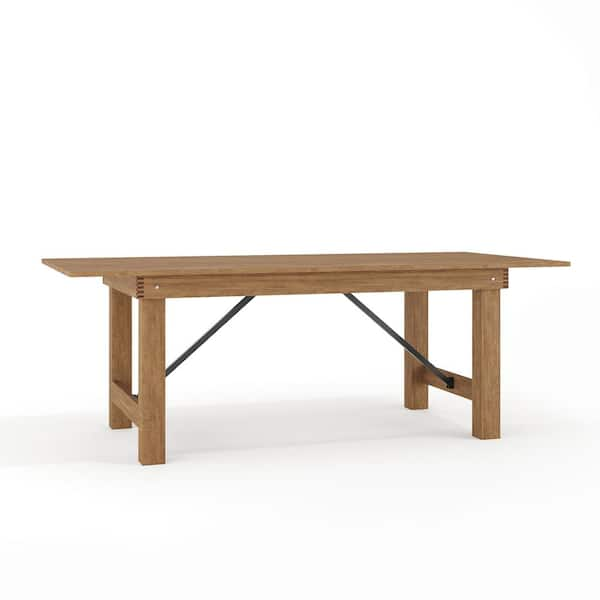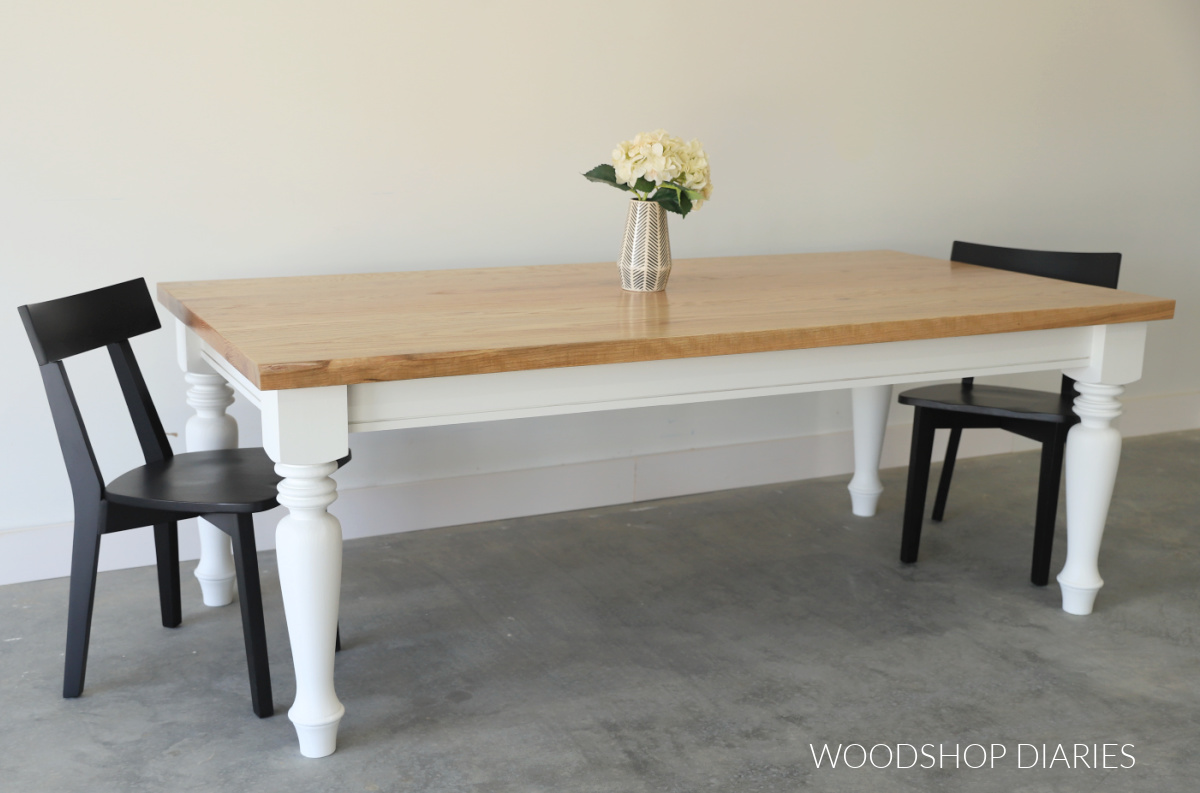Boost Your Dining-room's Aesthetic with High-grade Dining Table Legs Wood
Boost Your Dining-room's Aesthetic with High-grade Dining Table Legs Wood
Blog Article
Discovering the Various Sorts Of Table Legs Wood for Your Dining Space
The choice of dining table legs wood can profoundly affect both the functional and aesthetic qualities of your eating room. Solid timber alternatives, such as oak and walnut, offer a timeless look with unparalleled toughness, while crafted wood alternatives provide ingenious designs that simulate the richness of natural grains. In addition, the expanding fad of reclaimed timber presents a lasting aspect that allures to eco mindful customers. As we check out these various alternatives, it comes to be important to consider not just the aesthetic appeal however additionally the useful ramifications of each product option. What aspects should assist your choice?
Strong Wood Options

Additionally, strong timber is renowned for its stamina and durability. Unlike engineered products, solid timber is less vulnerable to bending and damage gradually when correctly maintained. This makes it an ideal choice for family members or those that often organize events. Each piece of strong timber is one-of-a-kind, showcasing private attributes that include to the appeal and personality of the table.
Furthermore, strong wood can be completed in numerous methods, ranging from all-natural oils to stained surfaces, allowing house owners to personalize their furniture to match their decoration. In recap, choosing solid timber for dining table legs not only makes certain structural stability however likewise improves the visual allure of the dining location, making it a rewarding investment for any kind of home.
Engineered Wood Alternatives

Plywood, built from numerous layers of timber veneer, is secure and especially strong, making it an excellent choice for eating table legs. Its split make-up enables it to withstand adjustments in moisture and temperature far better than standard solid wood. MDF, on the other hand, provides a smooth surface area for painting or veneering, enabling designers to attain a refined look while maintaining structural integrity.
When picking crafted wood choices, it is vital to consider the intended use and preferred visual. These products not just enhance the functionality of eating rooms but likewise enable for better design versatility, guaranteeing that standard and modern designs can exist side-by-side harmoniously.
Reclaimed Wood Includes
Reclaimed wood offers an one-of-a-kind blend of sustainability and character, making it a progressively prominent choice for eating table legs. Sourced from old barns, factories, and other structures, redeemed timber embodies a history that brand-new materials merely can not replicate. Each piece brings its very own story, noted by distinctive blemishes, knots, and differing grain try here patterns, which add to a table's one-of-a-kind visual allure.
In enhancement to its aesthetic appeal, recovered timber is an ecologically pleasant option. By repurposing formerly utilized products, it lowers the need for brand-new lumber, hence helping to minimize and conserve forests waste. This straightens with an expanding consumer choice for lasting practices in furnishings.
Moreover, recovered timber is frequently much more resilient than freshly harvested wood due to its age. The all-natural drying process that recovered wood undergoes lead to a denser and stronger product, making it less at risk to warping and splitting. This boosts the longevity of dining tables, allowing them to stand up to the roughness of everyday use.
Softwood vs. Hardwood
When selecting eating table legs, understanding the distinctions in between softwood and hardwood is critical for attaining both aesthetic and practical goals. They commonly exhibit an even more rustic look, making them appropriate for informal or country-style dining spaces.
On the various other hand, hardwoods, sourced from deciduous trees like maple, oak, and cherry, are renowned for their thickness, toughness, and durability. The detailed grain patterns and rich colors of hardwoods supply a sophisticated and classic charm, making them suitable for official eating setups. While hardwoods often tend to be much more costly and much heavier, their durability versus wear and tear usually justifies the financial investment.
Eventually, the selection between softwood and wood for dining table legs must align with your layout vision, use requirements, and spending plan, guaranteeing that your eating space reflects your personal design while continuing to be functional over time.

Coatings and Treatments
The aesthetic charm and durability of dining table legs can be considerably improved with numerous finishes and therapies. These processes not only shield the timber from damages however additionally boost its look, permitting it to match varied interior designs.
One common treatment is tarnishing, which passes through the wood and boosts its all-natural click now grain while including shade. Stains offer a rich, classy appearance, allowing property owners to match their furnishings with existing design. Alternatively, clear coatings such as polyurethane or varnish produce a protective layer without altering the timber's original color, making certain resilience versus damage.
Additionally, natural oils, like tung or linseed oil, nourish the wood and offer a subtle sheen, all while being environment-friendly. These oils enable the surface area to breathe, avoiding moisture buildup and possible bending.
For those seeking a rustic beauty, weathered or troubled coatings can be put on produce an aged appearance, including personality to the piece. Eventually, the choice of treatments and surfaces depends upon personal choice, desired appearances, and the specific wood type, making it essential to take into consideration these factors when picking table legs for your room.
Verdict
Strong woods, crafted choices, and redeemed alternatives each offer distinct advantages, catering to numerous choices and needs. Inevitably, the selection of timber type need to read here line up with desired design, sturdiness, and environmental factors to consider, improving the overall eating experience.
The choice of eating table legs wood can greatly impact both the visual and useful high qualities of your dining room - Dining Table Legs Wood. Strong timber alternatives, such as oak and walnut, provide a classic appearance with unmatched toughness, while crafted timber alternatives supply ingenious designs that imitate the splendor of natural grains. Strong timber offers a timeless high quality that can boost the total style of an eating space. Each item of solid timber is unique, showcasing specific attributes that include to the beauty and character of the eating table
Furthermore, recovered timber is commonly extra durable than recently harvested timber due to its age.
Report this page